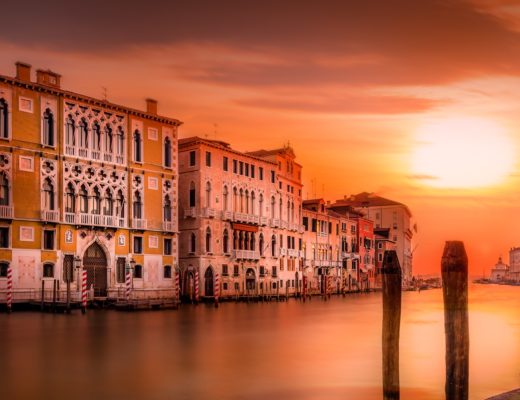Berlin, the capital of Germany and the country’s largest city, is also a major center of politics, culture, media, and science. Noted for its cultural flair, Berlin is home to the world famous Berlin Opera and Berlin Philharmonic Orchestra, while its diverse art scene encompasses hundreds of galleries, events, and museums, including those on Museum Island, a UNESCO World Heritage Site.
Despite the devastation of WWII and following decades of decay to the east of the infamous Berlin Wall, the city has been rebuilt in a way that celebrates its successes while acknowledging a dark past. Berlin offers an eclectic mix of new and classic architecture, dynamic entertainment, shopping, and a wide variety of sports and cultural institutions.

1. Checkpoint Charlie
This world-famous checkpoint was the main entry point for crossings in and out of East and West Berlin during the Cold War, and it operated at the same time as the Berlin Wall sealed off the city, from 1961 until 1989. It has become a symbol of the war as it represents an extreme separation between the two areas. Today, you will see fake border guards outside and hear some of the escape stories that happened at, or close, to the checkpoint. Some of them being very disturbing and important in the historical context of human rights.

2. Brandenburger Tor (Brandenburg Gate)
The Brandenburg Gate is one of Berlin’s signature attraction and should not be missed. The gate was built at the end of the 18th century in a Neoclassical style, and at that time it marked the start of a road from Berlin to the town of Brandenburg. Atop of the gate is a Quadriga, a statue of the goddess Victory driving a chariot drawn by four horses. Throughout Berlin’s history, the gate has been a site for major events and is considered to be a symbol of the history of not just Germany but also Europe.
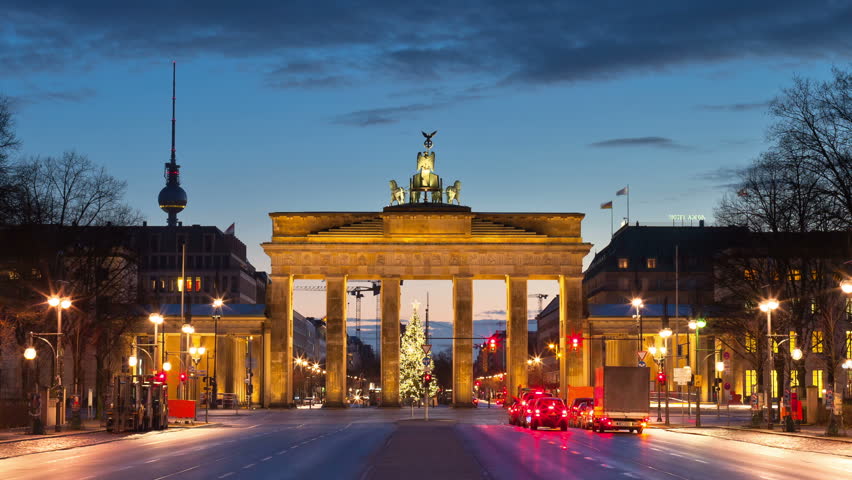
3. Berlin Wall
In 1948 the routes to and from West Berlin and East Berlin were blocked, and in 1949 the Federal Republic of Germany was founded in the West while the Marxist-Leninist German Democratic Republic was established in the East. In 1961, East Berlin began its construction on the Berlin Wall. The “fall of the Berlin Wall” on the 9th of November in 1989 and paved the way for German reunification. Much of the wall still remains largely preserved and have been decorated with paintings by international artists.

Art on the Berlin Wall
4. Reichstag Building
The building of Reichstag, in a Neorenaissance style, was completed in 1894 and was initially constructed to house the Imperial Diet of the German Empire. However, it supposedly got set on fire in 1933 and was not used again until after the fall of the Berlin Wall. Finally by 1999, when the reconstructions had finished, it became the home of the German Parliament. The magnificent building is especially famous for the big glass dome that has an impressive view of the city. If you want to go inside, you might want to book your tickets in advance here

5. Führerbunker (Hitler’s bunker)
Führerbunker was an air raid shelter that Hitler resided at the beginning of 1945 up until his death. The construction of the bunker was completed in 1936 and was meant to be used as a temporary shelter for Hitler. Hitler married Eva Braun there, just 40 hours before they committed suicide inside that same bunker. The bunker got mostly destroyed after the war by the Soviets, and there are hardly any traces of it left. However, there is an information board which includes a diagram of the bunker and more interesting information.
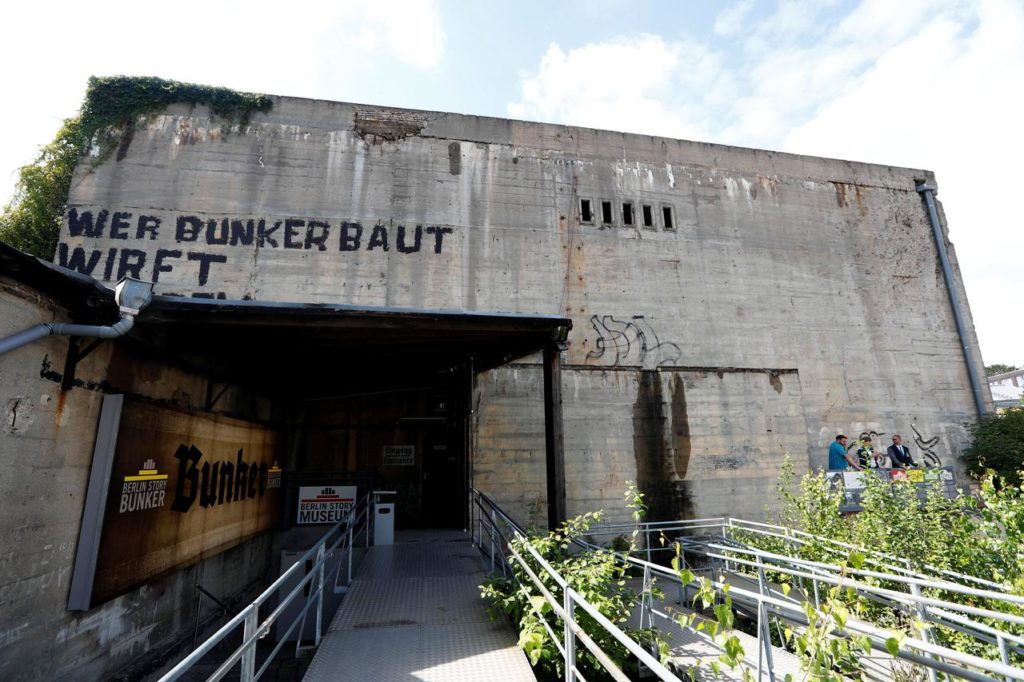
6. Museum Island
Museum Island or Spree Island is a UNESCO World Heritage Site and on the island you’ll find some of the city’s most important exhibition centres, at least we think so 🙂 Here you will find Old Museum, where you will see the Crown Jewels, and The New Museum, which got destroyed during WWII but got re-opened in 2009 and is the home to collections from the Egyptian museum, Th Papyrus Collection and The Collection of Classical Antiques. On the island, you will also find The Old National Gallery, The Bode Museum and The Pergamon. We recommend that you buy a 3-day Berlin Museum Pass here.
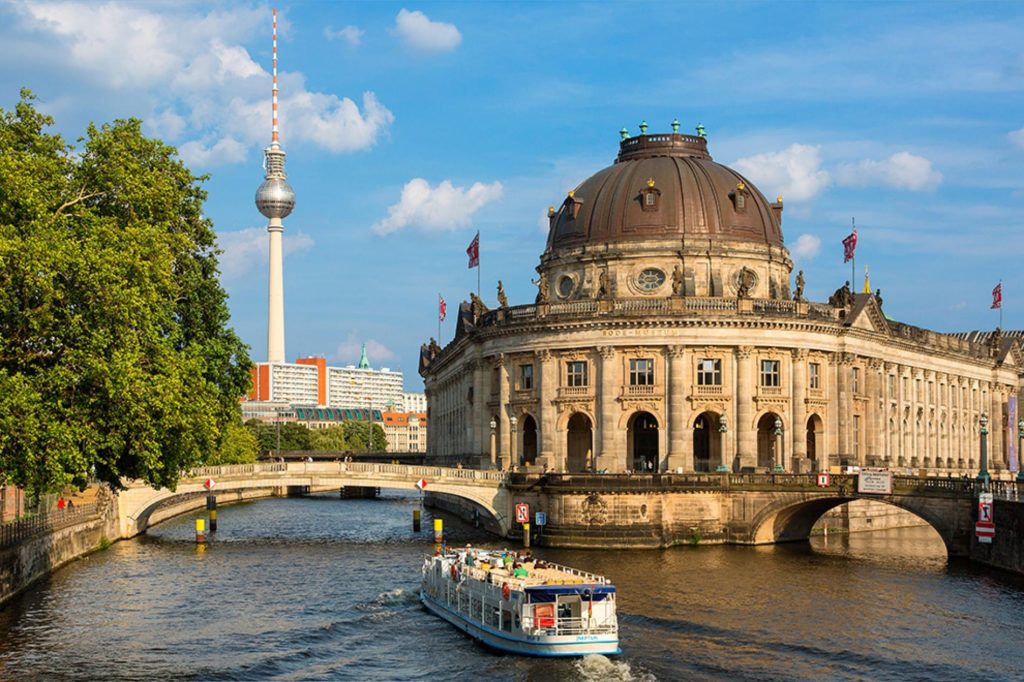
7. Berliner Dom (The Berlin Cathedral)
The famous cathedral is located on Museum Islands and is the largest cathedral in Berlin, built in a New Baroque style. After many decades to repair war damage, the building was finally finished in 1905, but the history of the Cathedral dates back to the 15th century. Still, after 1905 the reconstructions continued and officially ended at the end of the 20th century. Today, many concerts are held in the cathedral, and we recommend you try to find a show that suits your taste here.

8. The Gendarmenmarkt
The beautiful square was created by Johann Arnold Nering at the end of the 17th century, but it is named after the cuirassier regiment Gens d’Armes who had stables on the square until 1773. Surrounding the square are beautiful building like Konzerthaus (the concert hall), the French church and the German church, all of which got destroyed in the WWII but restored shortly after. In the middle of the square is a statue of a German poet called Friedrich Schiller.

9. Holocaust Memorial
The memorial to the Murdered Jews of Europe or Holocaust memorial was designed by architect Peter Eisenman and engineer Buro Happold in memory of the Jewish victims of the Holocaust. On-site, you will find the names of approximately 3 million Jewish victims. According to Eisenman, the memorial is designed to produce an uneasy, confusing atmosphere and represent an ordered system that has lost all touch with human reason… just like the Holocaust.

Holocaust Memorial
Other great attractions to visit
The Berlin Television Tower is something you will see from a distance as it is the tallest building in Berlin. It was built in 1960, and if you go to the top of the building, you can enjoy a unique panorama view of the city.
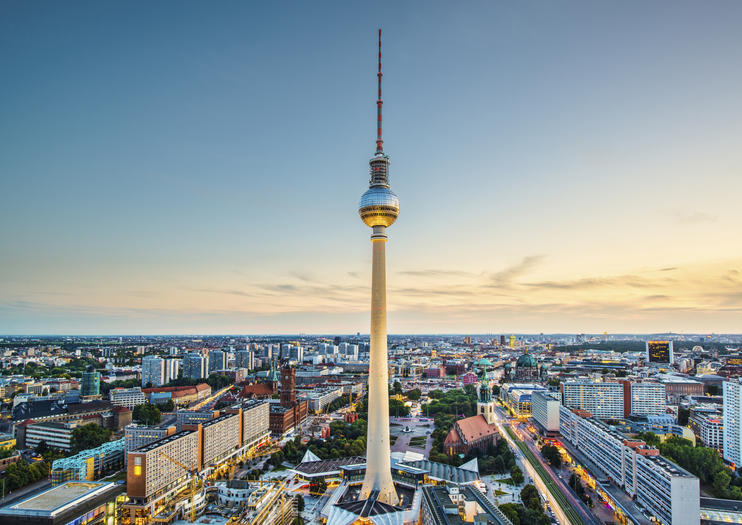
Tempelhofer Feld used to be the Tempelhof airport, and they closed their operations in 2008. Today, it is enjoyed by walkers, runners, kitesurfers, cyclists and skaters alike. The airport is famous for its Nazi and Cold War history and was used as a runway for dive bombers and many other war-related operations.
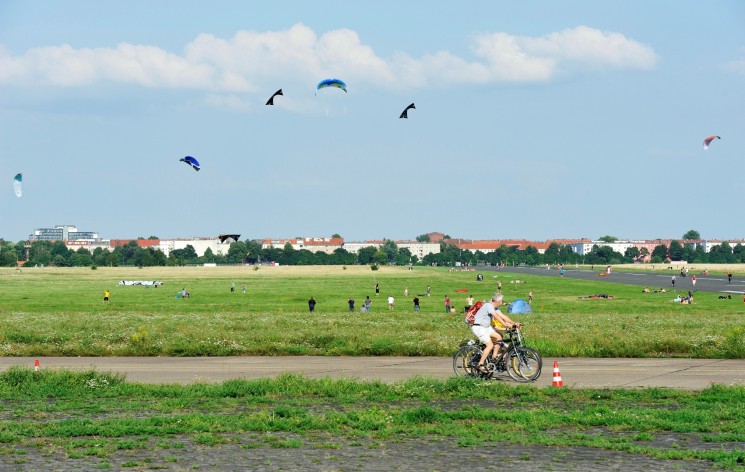
The magnificent Charlottenburg Palace is a great place to visit, and the garden behind the palace is lovely for a stroll on a sunny day. This is the largest palace in Berlin, and it hosts a collection of china and paintings.

Charlottenburg Palace during a sunny day in the Fall




